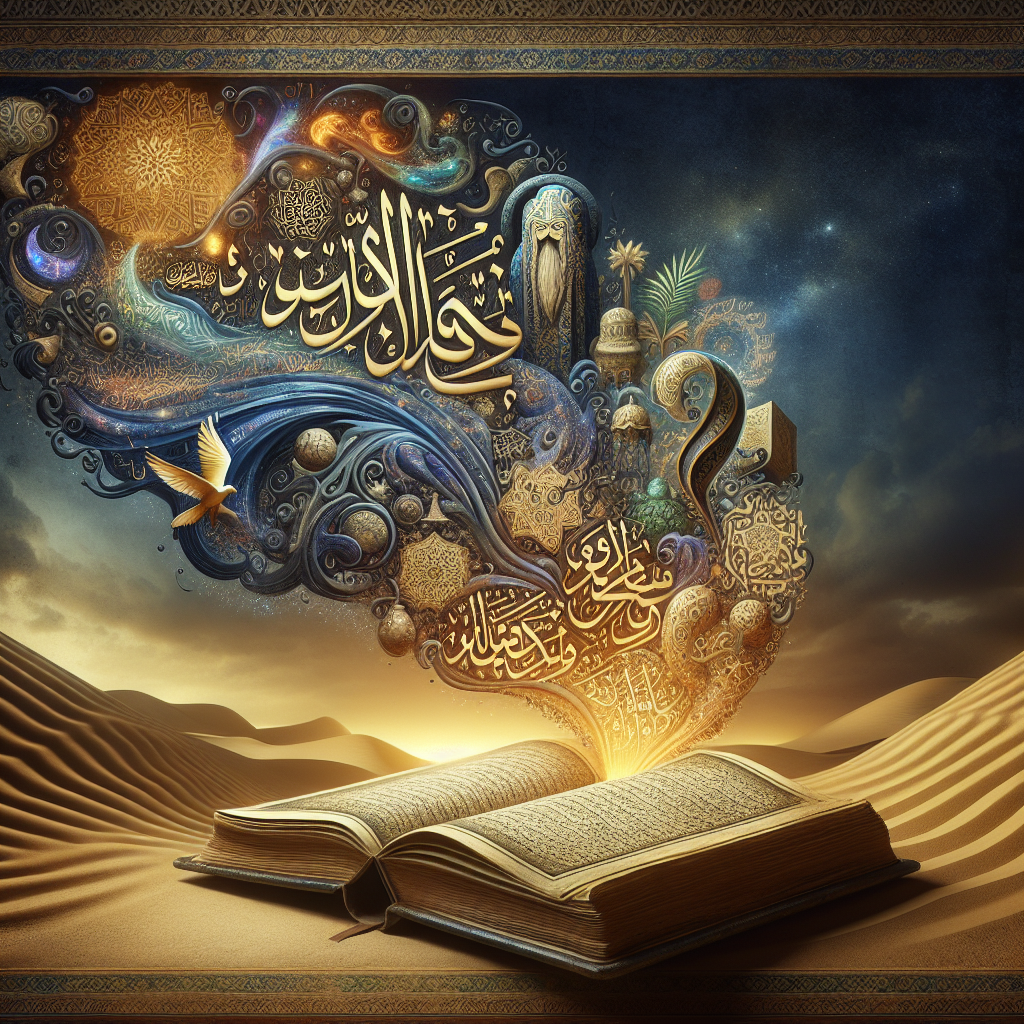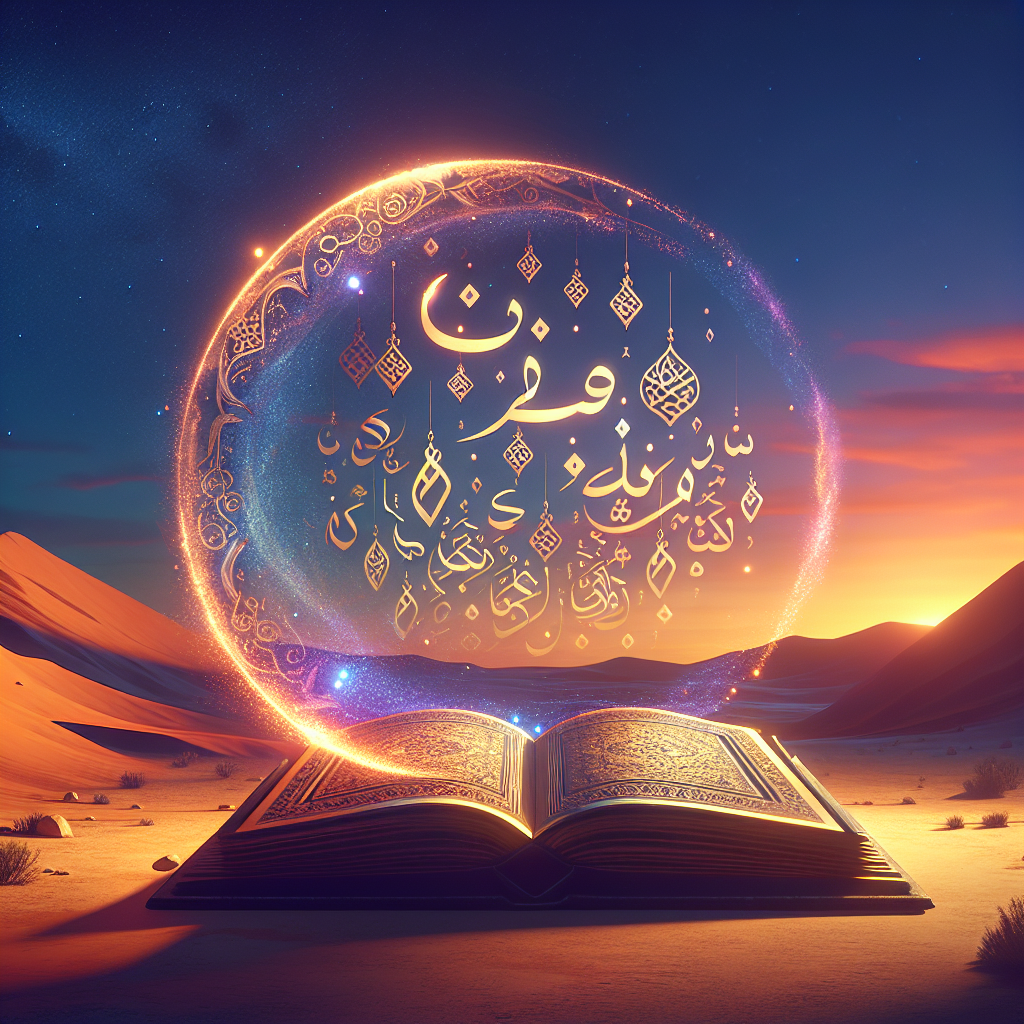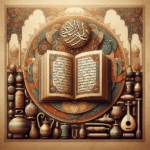The Role of the Arabic Alphabet in Arabic Folklore
The Arabic alphabet is not just a tool for communication; it is a tapestry woven into the rich cultural heritage of Arabic folklore. From mystical tales to poetic expressions, the Arabic script has played a pivotal role in shaping the narratives and preserving the traditions of the Arab world. Join me as we dive into the fascinating world of the Arabic alphabet and its enchanting role in folklore. 🌟
Table of Contents
1. The Origins of the Arabic Alphabet
2. Arabic Folklore: A Brief Overview
3. The Alphabet in Storytelling 📖
4. Symbolism and Mysticism in Letters ✨
5. Conclusion
6. FAQs
The Origins of the Arabic Alphabet
Before we delve into folklore, let’s take a moment to appreciate where the Arabic alphabet comes from. Born out of the Nabataean script, the Arabic alphabet has been evolving since the 4th century CE. Its elegant curves and dots aren’t just aesthetically pleasing; they are a bridge connecting the past to the present, a thread that weaves through centuries of cultural history.
Arabic Folklore: A Brief Overview
Arabic folklore is a treasure trove of stories, myths, and legends that have been passed down through generations. Whether it’s the timeless tales of „One Thousand and One Nights“ or local legends whispered among desert dunes, these stories are filled with moral lessons, humor, and wisdom. The Arabic alphabet is the silent narrator that has helped these stories endure the test of time.

The Alphabet in Storytelling 📖
In the heart of Arabic folklore lies storytelling, where the written word becomes a powerful tool for expression. The Arabic script adds a lyrical quality to narratives, making them more engaging and memorable. Storytellers often use the rhythmic and visual beauty of the alphabet to captivate their audiences, drawing them into a world where letters dance upon the page.

Symbolism and Mysticism in Letters ✨
Did you know that each letter in the Arabic alphabet holds a unique symbolism? In folklore, certain letters are believed to possess mystical properties. For example, the letter „Alif“ (ا) is often associated with beginnings and unity, while „Lam“ (ل) symbolizes connection. This symbolic richness adds layers of meaning to folklore, allowing stories to resonate on both literal and metaphorical levels.
Conclusion
The Arabic alphabet is more than just a set of characters; it’s an integral part of the cultural and spiritual fabric of Arabic folklore. Through storytelling and symbolism, it continues to inspire and connect people across generations. Whether you’re a language enthusiast or a folklore fanatic, the Arabic alphabet offers a fascinating glimpse into a world where letters are more than mere symbols—they are storytellers in their own right.
FAQs
Q1: How many letters are in the Arabic alphabet?
A: The Arabic alphabet consists of 28 letters, each with its own unique shape and sound.
Q2: Are there any famous Arabic folklore stories I should read?
A: Absolutely! „One Thousand and One Nights“ is a must-read, offering a rich collection of tales that showcase the beauty of Arabic folklore.
Q3: What makes the Arabic alphabet unique?
A: The Arabic alphabet is unique due to its flowing script, right-to-left writing direction, and the use of dots to distinguish between letters.
Q4: Can learning the Arabic alphabet help me understand Arabic culture better?
A: Definitely! Understanding the alphabet can provide deeper insights into Arabic literature, history, and cultural nuances.
Q5: Is the Arabic alphabet used in any other languages?
A: Yes, the Arabic script is used in several other languages, including Persian, Urdu, and Pashto, each with its own adaptations.






